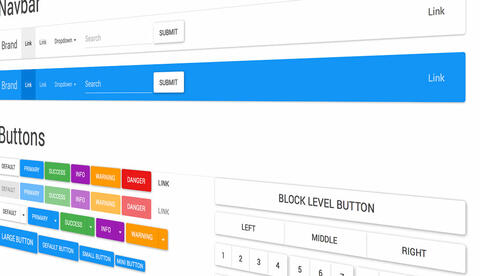Planning Your Drupal 8 Theme: Choosing a Base Theme
Whenever we start a new Drupal project, we have to choose what kind of theme we're going to create. Are we going to use a framework like Bootstrap or Zurb Foundation? If so, do we start with a contrib base theme or do we implement the framework ourselves? Are we going to use a classic Drupal base theme like Zen or AdaptiveTheme? Or are we going to build the theme 'from scratch' starting with Drupal core or a core base theme?










